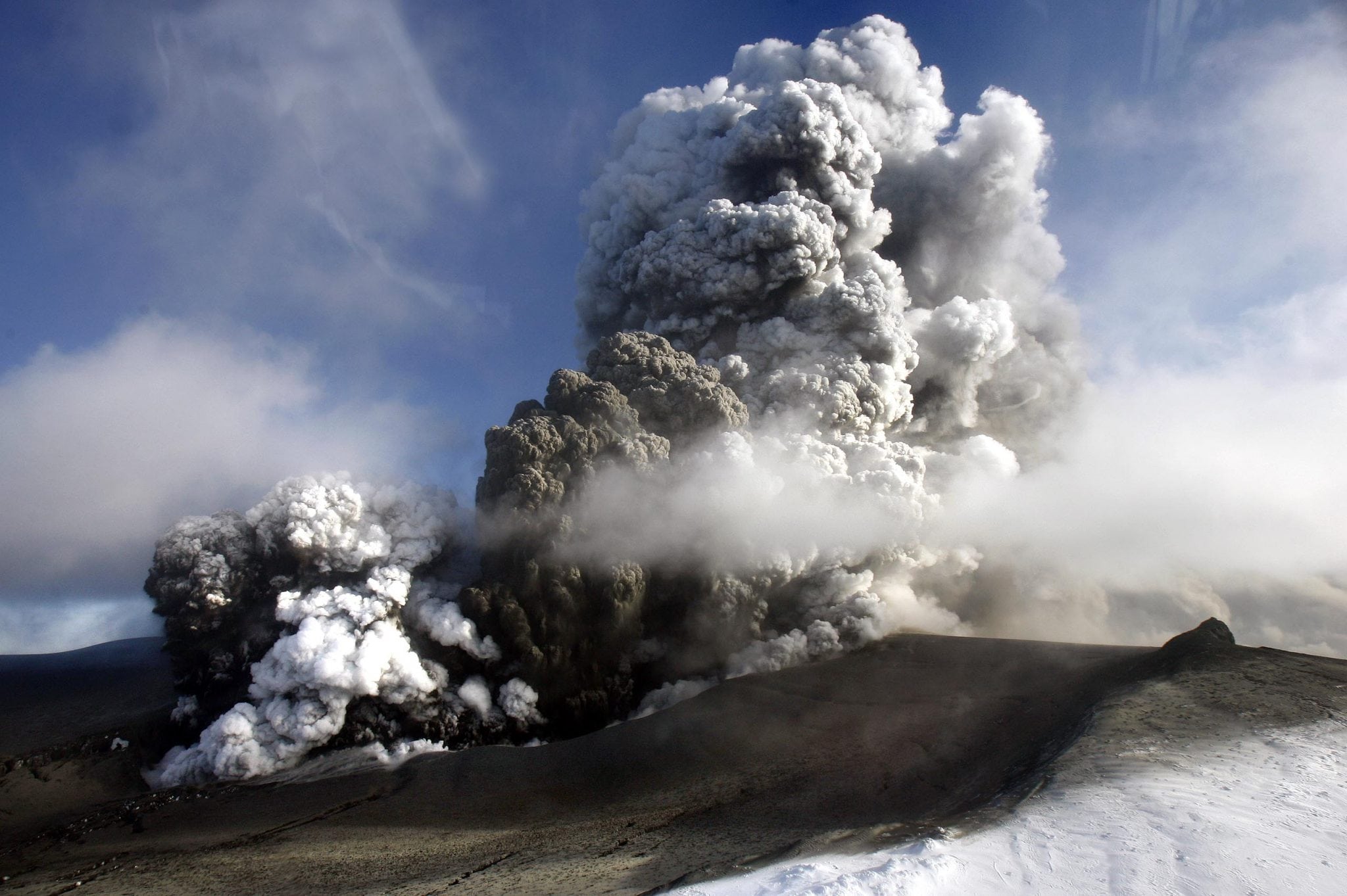Skift Take
While the volcanic eruption in Iceland’s Reykjanes isn't impacting air travel, volcanic ash has the ability to destroy an aircraft.
One question after a volcano erupted in Iceland Monday night was: Will it impact air travel?
A 2010 eruption in Iceland halted around 100,000 flights in Europe as ash clouds enveloped the sky, and it was difficult for carriers to operate aircraft.
This time, there haven’t been major disruptions. One reason is that the Reykjanes volcano system is not trapped under glaciers and so it isn’t expected to cause ash clouds like in 2010, according to Reuters.
Iceland’s government also reiterated in a statement on Monday that the eruption won’t have an impact on air travel because it’s concentrated in specific areas near the eruption site.
“The impact of volcanic eruptions tends to be limited to specific, localized areas near the eruption site. Notably, previous eruptions in the area did not impact air travel to and from the country,” Iceland’s government said.
Keflavik Airport, Iceland’s main international airport, is also functioning as normal and has seen minimal cancellations and delays since Monday night.
How Volcanic Ash Can Destroy an Aircraft
Dr. J. Michael Davis, an aeronautical engineering professor at Purdue University, said volcanic ash can essentially destroy an aircraft engine.
That volcanic ash ends up melting, coating the combustion chamber and fuel nozzles, which then disrupts the airflow in the engine.
“Under the right circumstances, you can actually lose the operation of the engine,” Davis said.
A well-known example of volcanic ash destroying an engine was in 1989, when a KLM flight from Amsterdam to Tokyo had to make an emergency landing in Anchorage, Alaska after flying through a thick cloud of ash above Mount Redoubt.
The pilot flew through the cloud and the four engines of the KLM’s Boeing 747 all quit, causing the plane to go through a steep descent.The pilot was able to get two of the four engines to restart for an emergency landing.
Davis said there have been many close calls when it comes to flying through volcanic ash.
Volcanic ash can also affect other components of an aircraft — it can find its way through a plane’s pitot system, which gives pilots crucial information about the altitude, airspeed and vertical speed. When the pilot system is blocked, flight crews then lose access to accurate and crucial information about the plane’s air pressure.
Ash can also peel off the paint from an aircraft and even blast the windshield. Smoke from ash clouds can also enter the cabins of a plane, which passengers can smell, Davis said.
Given the potential to severely damage a plane, Davis said it’s not viable for a plane to fly in the event a volcanic eruption produces ash clouds.
“It’s just something we need to avoid,” he said.
The Daily Newsletter
Our daily coverage of the global travel industry. Written by editors and analysts from across Skift’s brands.
Have a confidential tip for Skift? Get in touch
Tags: air travel, europe, iceland, volcano
